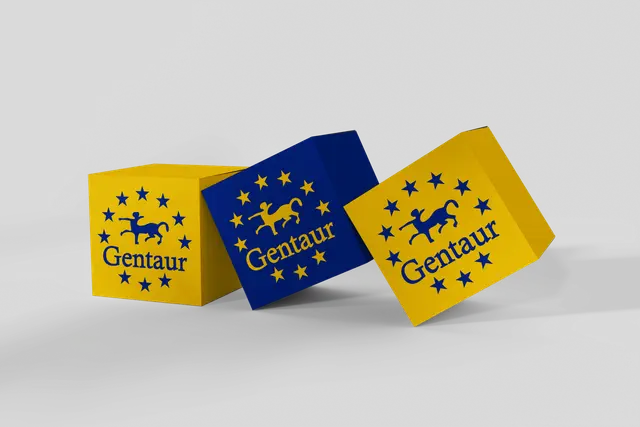Protein A/G Magnetic Co-IP/IP Kit - 50 Tests
The Immunoprecipitation (IP) and Co-Immunoprecipitation (Co-IP) Kit provides a highly efficient method to study proteins and protein-protein interactions (PPIs) using specific antibodies and Protein A/G magnetic beads. This kit simplifies IP/Co-IP experiments, allowing for isolation of target proteins from complex samples for subsequent analysis by SDS-PAGE, mass spectrometry, or other methods. Protein A/G binds to the Fc region of antibodies, forming a beads-antibody complex (Beads-Ab) that can recognize and isolate antigens (forming Beads-Ab-Ag complexes). Unbound proteins are washed away, and the immune complexes can be eluted using acidic solutions, SDS-PAGE buffers, or peptides for further analysis.
Protein A/G Characteristics
- Protein A (found in Staphylococcus aureus) and Protein G (from streptococcal bacteria) specifically bind to the Fc region of mammalian antibodies (Ig).
- Protein A binds strongly to human IgG1, IgG2, IgG4, mouse IgG2a, IgG2b, and rabbit IgG, while Protein G binds to a broader range of antibodies, including human, mouse, rat, rabbit, and goat IgG subclasses.
- The modified recombinant Protein A/G (25 kDa) is conjugated to nanoscale magnetic beads to ensure high binding specificity while reducing non-specific interactions. The beads have a high binding capacity with minimal non-specific adsorption.
Key Features
- Bead Composition: 1:1 ratio of Protein A and Protein G magnetic beads (10 mg/mL suspension).
- Bead Size: ~200 nm (superparamagnetic).
- Binding Capacity: ≥0.7 mg human IgG per mL beads.
- Efficiency: Immunoprecipitation can be completed in 30 minutes, minimizing protein degradation.
- Applications: IP, Co-IP, Chromatin IP (ChIP), antibody purification.
Species Binding Affinity
Human, mouse, rat, and other species.
Protein A/G exhibits strong to weak binding, depending on the IgG subclass.
Elution Methods
Elution can be achieved using acidic solutions, SDS-PAGE loading buffer, or competitive peptides, depending on the experiment's requirements.
This content will be shared across all product pages.

